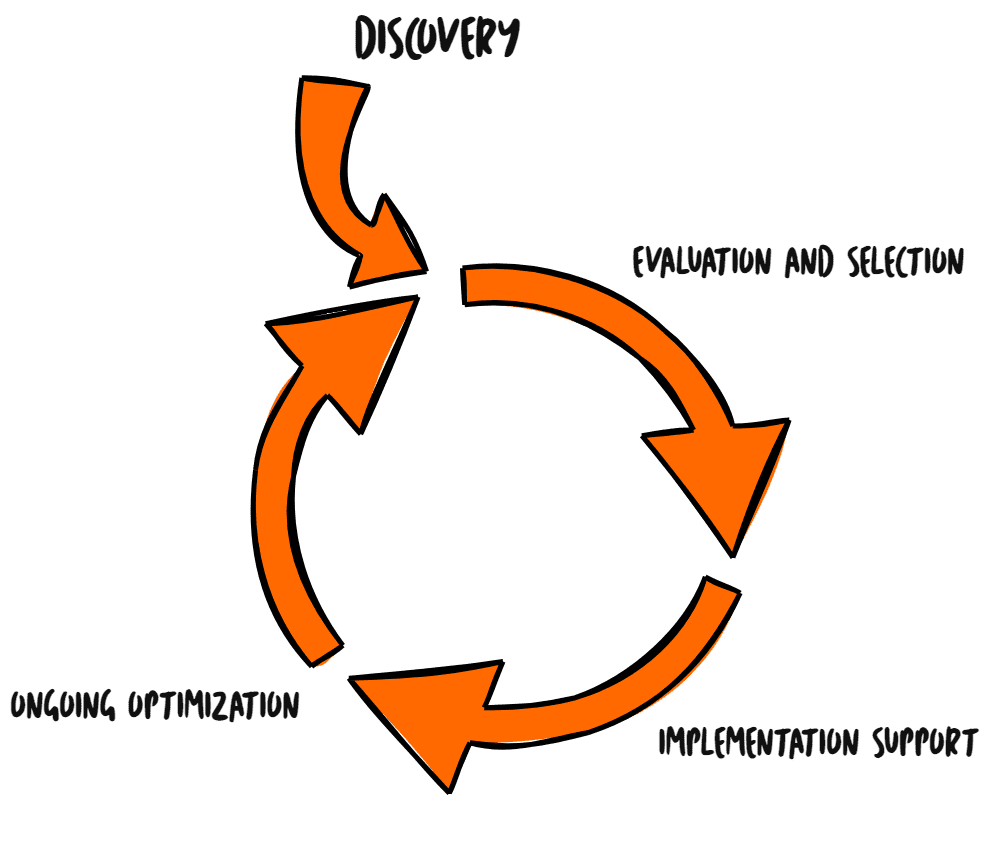Vision and Mission Alignment
Churches often buy software without considering how it supports their broader goals. In many cases, the ChMS was purchased and implemented many years ago before the current vision and mission were implemented. Or the software is obsolete and can't support your current ministry strategy.
Obsolete Systems
Many churches are stuck with old software or don't use existing tools to their full potential. Software may not be configured correctly for your ministry department structure and schedule.
Disconnected Process
The software isn't connected to the "people and paper" process. People haven't been trained on when and how to use the software, so they bypass it and make their own process. This results in even less reliable data.
Overwhelming Options
Churches struggle to evaluate software solutions with little unbiased guidance, resulting in poor decisions. Many churches start by asking a Facebook group of other churches what they use, then trying to navigate a list of all the possible options from the comments. What works for one church may not be the best choice for another church… Copycat decisions rarely satisfy!
No Clear Ownership
When nobody owns the management of the Church Management Software, it often falls into disrepair. Perhaps the most important factor in successful Church Management Software is having a person that owns the role of managing the software and helping other users use it.
A Proven Framework for Success

- Discovery - Collaborative workshops to uncover your church's needs, involving key leadership and staff.
- Evaluation and Selection - Define requirements, create RFP's, score vendors, and select software that matches your ministry strategy.
- Implementation Support - Hands-on guidance in data migration, workflow setup, and user training.
- Ongoing Optimization - Continuous Improvement to help ensure your ChMS evolves with your church.
